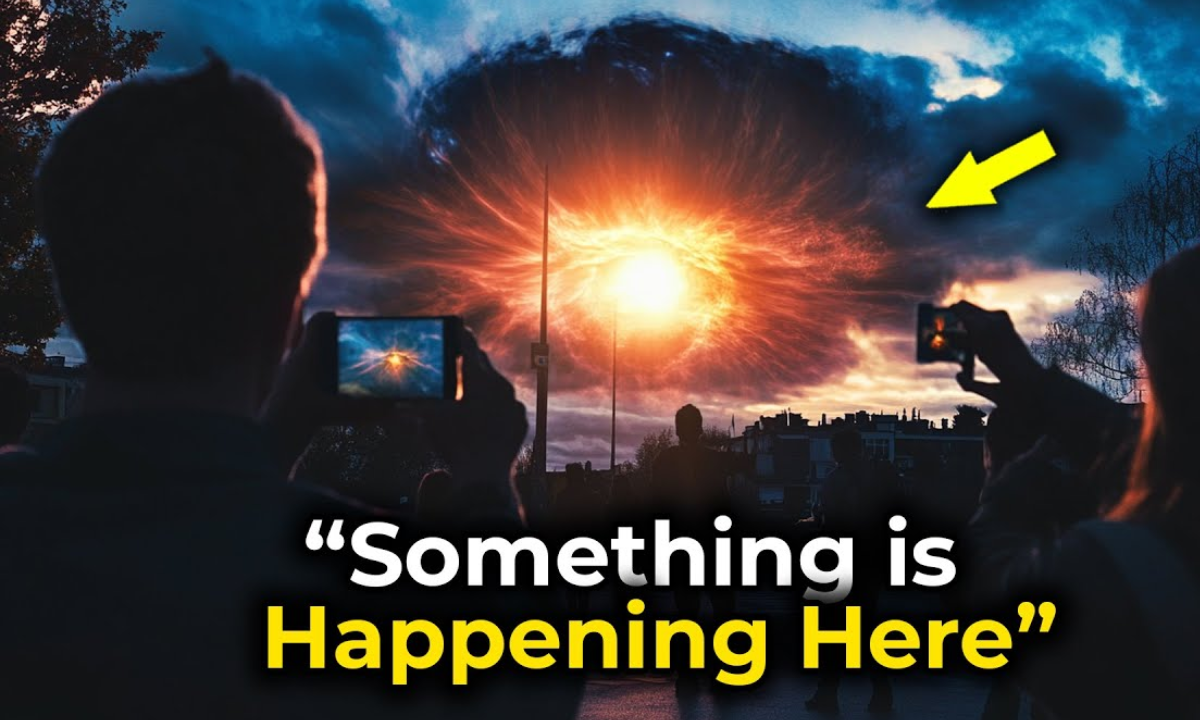
In a dramatic environmental intervention, Chinese authorities have removed a staggering 40,000 tons of waste from Erhai Lake, a once-pristine body of water that had succumbed to years of pollution and neglect. This radical cleanup effort, initiated in March 2017, has left scientists and locals alike in shock, revealing the hidden depths of ecological devastation beneath the lake’s seemingly serene surface.
Erhai Lake, revered as the “Mother Lake” by the Bai ethnic minority, had long served as the heart of the Dali region, sustaining generations with its waters and cultural significance. However, a surge in tourism—over 40 million visitors annually—along with unregulated development, led to an environmental crisis. As untreated sewage and agricultural runoff poured into the lake, toxic algae blooms choked its waters, threatening both biodiversity and local livelihoods.
In a swift response to the crisis, the government launched an aggressive crackdown on lakeside businesses, shutting down over 2,400 establishments overnight. The once-thriving tourism industry faced a harsh reality as bulldozers razed cafes and guesthouses, forcing a reckoning with the consequences of unchecked growth. The cleanup revealed a shocking amount of accumulated waste, including plastics and industrial debris, that had gone unnoticed for years.
Now, as engineers and ecologists work tirelessly to restore the lake, a new sewage management system is being implemented to prevent future contamination. Real-time water quality monitoring and ecological restoration projects aim to revive Erhai’s delicate ecosystem. The lake’s recovery has not only restored its waters but also sparked a grassroots movement among locals, who are now engaged in conservation efforts and sustainable practices.
As Erhai Lake emerges from the brink of ecological collapse, it stands as a powerful testament to the urgent need for environmental stewardship. The world watches closely, drawing lessons from this remarkable recovery, as Erhai transforms from a symbol of neglect to a beacon of hope for ecosystems everywhere.
https://www.youtube.com/watch?v=M0q9-P0eSdQ



